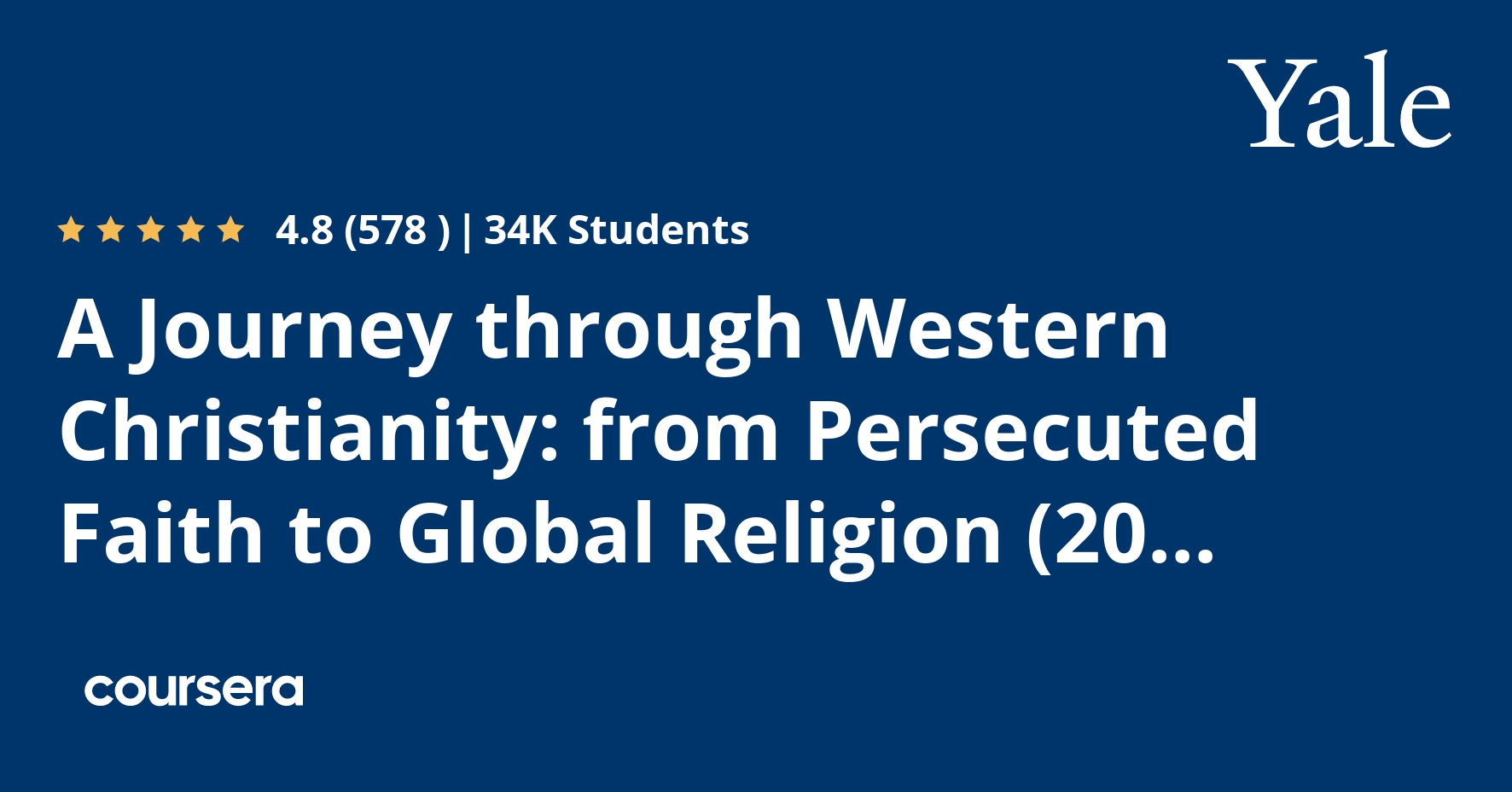Description
This course follows the extraordinary development of Western Christianity from its early persecution under the Roman Empire in the third century to its global expansion with the Jesuits of the early modern world. We explore the dynamic and diverse character of a religion with an enormous cast characters. We will meet men and women who tell stories of faith as well as of violence, suppression, and division. Along the way, we encounter Perpetua and her martyrdom in Carthage; the struggles of Augustine the bishop in North Africa; the zeal of Celtic monks and missionaries; the viciousness of the Crusades; the visions of Brigit of Sweden; and the fracturing of Christianity by Martin Luther’s protest. We hear the voices of great theologians as well as of those branded heretics by the Church, a powerful reminder that the growth of Christianity is a story with many narratives of competing visions of reform and ideals, powerful critiques of corruption and venality, and exclusion of the vanquished. The troubled history of Christian engagement with Jews and Muslims is found in pogroms and expulsions, but also in the astonishing ways in which the culture of the West was transformed by Jewish and Islamic learning.
We shall explore the stunning beauty of the Book of Kells, exquisitely prepared by monks as the Vikings terrorized the coast of England. We will experience the blue light of the windows of Chartres, and ponder the opening questions of Thomas Aquinas’ great Summa. We will read from the Gutenberg Bible of the fifteenth century, which heralded the revolution brought by the printing press. We will travel from Calvin’s Geneva to Elizabeth’s England to Trent, where a Catholic Council met to inaugurate a modern, missionary Catholic church. We will walk through the great Escorial of Philip II of Spain, hear the poetry of John of the Cross, and follow the Jesuits to Brazil and China.
Christianity in the West was forged in the fires of conflict and tumult, and it brought forth both creativity and violence. It echoed with calls for God’s world to be transformed, it inspired the most sublime art and architecture, yet it also revealed the power of the union of cross and sword to destroy. The course is a journey through the formation of the West as one strand of Christianity, as one chapter in a global story. It is a journey that has shaped our world.
What you will learn
Welcome to A Journey through Western Christianity: from Persecuted Faith to Global Religion (200 – 1650)
Learn what this course is about, who’s teaching it, and other ways you can explore this topic. Meet and greet your peers as well!
Introduction: From Persecution to Empire
“From Persecution to Empire,” explores the interaction between the second-century Christian Church and the Roman Empire in which it existed. After the faith’s birth in Palestine, Christianity spread throughout the Roman Empire with a rapidity that alarmed many Roman rulers. Persecution of Christians became common, and the experience of persecution shaped the Church. In 313 AD, the Roman Emperor Constantine ended persecution and Christianity transformed once more to become a pillar of Roman society.
Augustine and the North African Church
“Augustine and the North African Church,” studies two areas of early and vibrant Christian growth: Egypt and North Africa. These areas responded to intense Roman persecution by developing a theology of martyrdom. Indeed, both areas became bastions of early Christian theological thinking, with the North African Church producing the most important Christian theologian ever: Augustine of Hippo.
Monastic Lives: Desert Fathers to Celtic Christianity
“Monastic Lives: Desert Fathers to Celtic Christianity,” examines the origins of monasticism in Christianity. After the end of Roman persecution, some Christians chose to isolate themselves in the desert and deny themselves food, sleep, and material comforts. Why? And how did this movement develop into medieval monasticism? This module will explain the early roots and influence of monks and nuns in Christianity.
Reformers and Crusaders
“Reformers and Crusaders,” focuses on Christianity during the dawn of the medieval period. Here we ask: How did Christianity respond to the new feudal world of medieval Europe? Popes, monks, and knights became essential features of the Christian faith during this period, roughly 950 – 1350 AD.





